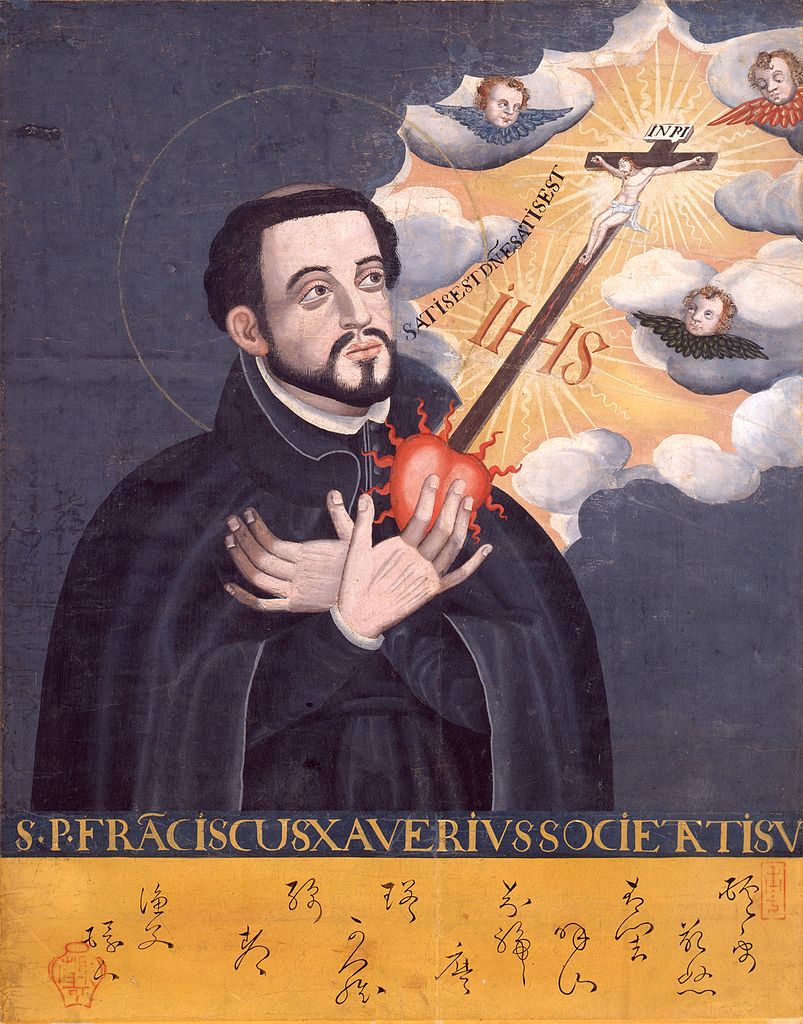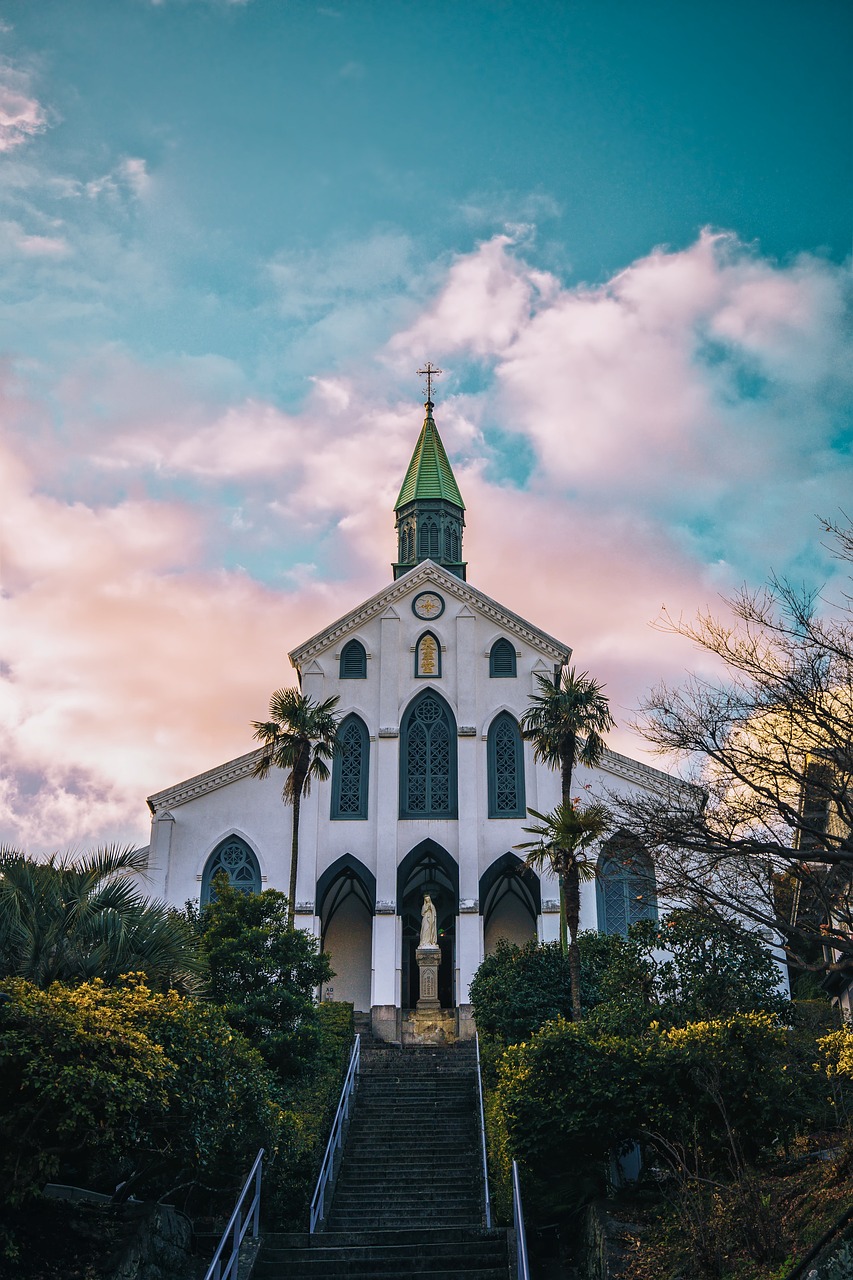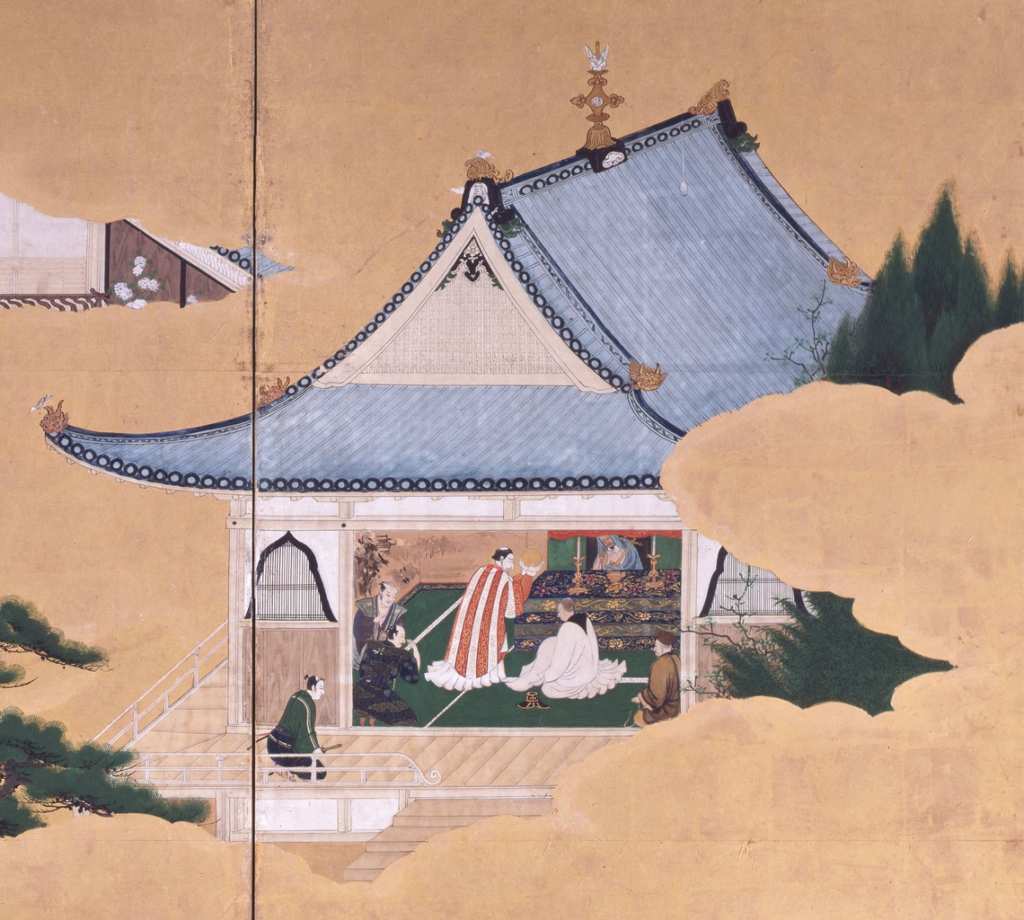Introduction
Christianity in Japan has a unique and tumultuous history, marked by early acceptance, intense persecution, and eventual resurgence. Understanding this history sheds light on the complex cultural and political landscape of Japan. This blog post explores the journey of Christianity from its introduction in the 16th century to its modern-day presence. We will delve into the arrival of missionaries, the periods of suppression, and the enduring legacy of Christian communities. Join us as we uncover the fascinating story of Christianity in Japan, highlighting key events and influential figures along the way.
Early Introduction of Christianity (16th Century)

Arrival of the Jesuit Missionaries
Francis Xavier, a Jesuit missionary, arrived in Japan in 1549, marking the beginning of Christianity’s introduction. He was warmly received by some Japanese, intrigued by Western culture and technology. The Jesuits employed a strategic approach to conversion, focusing on influential daimyos and adopting elements of Japanese culture. Notable daimyo converts, such as Ōmura Sumitada and Ōtomo Sōrin, played significant roles in promoting Christianity in their domains, creating a ripple effect among their subjects.
Expansion and Establishment
The Jesuit missionaries diligently worked to expand their influence, using a combination of preaching, education, and healthcare. They built churches and schools, providing education and social services that attracted many Japanese to Christianity. The early Christian communities grew steadily, especially in regions like Kyushu, where missionary activities were most concentrated. The Jesuits’ integration into Japanese society and their contributions to local communities helped establish a firm foundation for Christianity in Japan.
This early period was characterized by a mix of curiosity, acceptance, and strategic alliances, setting the stage for the subsequent challenges and transformations in the history of Christianity in Japan.
Period of Persecution (17th Century)
Tokugawa Shogunate’s Stance
In 1614, the Tokugawa shogunate issued an edict banning Christianity, marking the beginning of severe persecution. The shogunate viewed Christianity as a threat to their power and societal order. The growing influence of Christian converts and missionaries alarmed the shogunate, leading them to take drastic measures. Political motives, including the fear of colonialism and foreign intervention, also played a crucial role in this decision.
Martyrdom and Suppression
The edict of 1614 led to widespread persecution, with many Christians facing brutal executions. Authorities employed various methods of torture and execution to force Christians to renounce their faith. Despite the risks, many believers chose martyrdom over apostasy, becoming symbols of unwavering faith. The shogunate’s relentless suppression efforts included public executions, such as crucifixion, and severe punishments for those who aided Christians.
Hidden Christians (Kakure Kirishitan)
To survive the persecution, many Christians went underground, practicing their faith in secret. These “Hidden Christians,” or Kakure Kirishitan, developed unique ways to maintain their beliefs while avoiding detection. They adapted traditional rituals, disguising Christian symbols and prayers within the framework of Buddhist and Shinto practices. This clandestine existence allowed Christianity to persist in Japan, albeit in a deeply altered form.
Shimabara Rebellion (1637-1638)
The Shimabara Rebellion was a significant event during this period of persecution. Frustrated by oppressive taxation and religious persecution, predominantly Christian peasants and ronin (masterless samurai) in the Shimabara Peninsula and Amakusa Islands revolted against the shogunate. The rebellion was brutally suppressed, with tens of thousands killed. This event reinforced the shogunate’s resolve to eradicate Christianity, leading to even stricter enforcement of anti-Christian policies.
The 17th century was a time of intense hardship for Christians in Japan, marked by martyrdom, hidden faith, and desperate resistance. Despite the shogunate’s efforts to eliminate Christianity, the faith endured through the resilience and ingenuity of its adherents.
The 19th Century Resurgence
Reopening of Japan
The mid-19th century saw the end of Japan’s isolationist policy, known as sakoku, with the arrival of Commodore Perry in 1853. Perry’s arrival and the subsequent signing of treaties with Western nations forced Japan to open its ports to foreign trade and influence. This reopening paved the way for the reintroduction of Christianity, as Western missionaries were allowed to enter Japan once again.
Legalization of Christianity (1873)
In 1873, the Japanese government officially lifted the ban on Christianity, ending centuries of persecution. Several factors contributed to this decision, including pressure from Western nations and Japan’s own modernization efforts. The Meiji Restoration, which began in 1868, sought to transform Japan into a modern state, and part of this transformation involved adopting Western ideas and practices, including religious freedom.
Protestant and Catholic Missionaries
With the lifting of the ban, Protestant and Catholic missionaries resumed their activities in Japan. They focused on rebuilding Christian communities, establishing new churches, and spreading the faith. These missionaries also played a significant role in providing education and healthcare, which helped to attract converts and integrate Christianity into Japanese society.
Educational and Social Contributions
Christian missionaries established numerous schools, hospitals, and social services across Japan. These institutions not only provided much-needed services but also served as a means to introduce Christian values and teachings. Prominent institutions, such as Doshisha University (founded by Protestant missionary Joseph Hardy Neesima) and Sophia University (founded by Jesuits), became influential centers of learning and cultural exchange.
Christianity’s Role in Modernization
Christianity also influenced Japan’s modernization efforts. The ethical and moral teachings of Christianity, along with the emphasis on education and social welfare, resonated with many Japanese who were eager to modernize their country. Christian leaders and institutions contributed to social reforms, advocating for women’s rights, education for all, and improved healthcare.
The 19th-century resurgence of Christianity in Japan was marked by renewed missionary activities, the establishment of educational and social institutions, and the religion’s integration into Japan’s modernization efforts. This period set the stage for the continued growth and influence of Christianity in modern Japan.

Christianity in Modern Japan
Post-War Era Developments
The aftermath of World War II brought significant changes to Japan, including a new constitution in 1947 that guaranteed freedom of religion. This legal protection allowed Christianity to grow more openly and without fear of persecution. American occupation forces, many of whom were Christian, also influenced the spread of Christianity during this period. The establishment of churches, schools, and social services resumed, contributing to the rebuilding and modernization of post-war Japan.
Growth and Challenges
Today, Christianity remains a minority religion in Japan, with about 1-2% of the population identifying as Christian. Despite its small size, the Christian community is active and influential. However, it faces challenges such as secularism, cultural differences, and the strong presence of traditional religions like Shinto and Buddhism. Efforts to evangelize and grow the Christian population continue, but progress is slow and often met with resistance.
Cultural and Social Influence
Christianity has made notable contributions to Japanese society through its institutions and social programs. Christian schools, universities, and hospitals are respected for their high standards and contributions to education and healthcare. These institutions, such as Sophia University and International Christian University, play a significant role in shaping Japan’s intellectual and cultural landscape.
Christian holidays, particularly Christmas, have also been embraced culturally, albeit in a secular manner. Christmas in Japan is celebrated with festive decorations, gift-giving, and public events, even among non-Christians. This cultural adoption reflects the broader impact of Christianity on Japanese society, even if religious conversion rates remain low.
Notable Figures
Several prominent Japanese Christians have made significant contributions to society, further highlighting the impact of Christianity in Japan. For instance, Uchimura Kanzō, a Christian theologian and founder of the Nonchurch Movement, emphasized a personal, non-institutionalized faith that appealed to many Japanese. Toyohiko Kagawa, a Christian social reformer, worked tirelessly to improve the lives of the poor and is remembered for his contributions to labor rights and social justice.
The resilience and adaptability of Christianity in Japan continue to shape its role in modern society. While the religion remains a minority faith, its institutions, cultural influence, and notable figures underscore its enduring presence and contributions to Japan’s development.
Conclusion
The history of Christianity in Japan is a testament to resilience and adaptability. From its introduction in the 16th century by Jesuit missionaries to the severe persecution under the Tokugawa shogunate, Christianity faced numerous challenges. Despite these hardships, the faith endured through the perseverance of hidden Christians and later resurged during the 19th century, aided by the reopening of Japan and the lifting of the ban on Christianity.
In modern Japan, Christianity remains a minority religion, but its influence is evident in various sectors, including education, healthcare, and social reforms. The legacy of Christian institutions and notable figures continues to shape Japanese society, reflecting the enduring impact of this faith.
Understanding the journey of Christianity in Japan offers valuable insights into the complex interplay of religion, culture, and politics. It highlights how a foreign belief system can integrate and coexist within a predominantly non-Christian society, contributing to its cultural and social fabric.
As we reflect on this fascinating history, we recognize the importance of religious tolerance and the contributions of diverse belief systems to the richness of human civilization. The story of Christianity in Japan is not just a narrative of faith but also a broader commentary on resilience, adaptation, and cultural exchange.
Additional Resources
Books
- Silence by Shūsaku Endō: A historical novel exploring the persecution of Christians in 17th century Japan.
- Japan and Christianity: Impacts and Responses edited by John Breen and Mark Williams: A collection of essays examining the historical and cultural impact of Christianity in Japan.
- A History of Japanese Christianity by Kazuo Kasahara: An in-depth look at the development of Christianity in Japan from its introduction to modern times.
Documentaries and Films
- Silence (2016): A film directed by Martin Scorsese, based on Shūsaku Endō’s novel, depicting the struggles of Jesuit missionaries in Japan.
- Hidden Christians of Japan (2017): A documentary exploring the lives and traditions of the Kakure Kirishitan.
- PBS: The Coming of the Westerners from the series Japan: Memoirs of a Secret Empire: A documentary episode discussing the arrival of Westerners, including Christian missionaries, in Japan.
These additional sections provide readers with a comprehensive timeline of significant events and further resources to deepen their understanding of Christianity’s rich and complex history in Japan.

